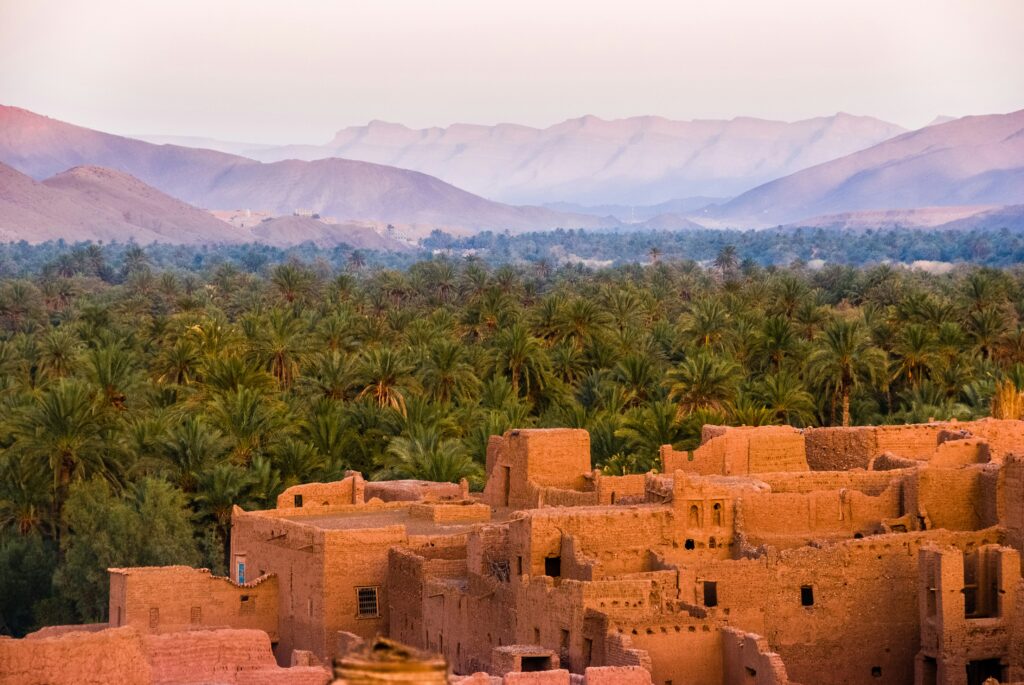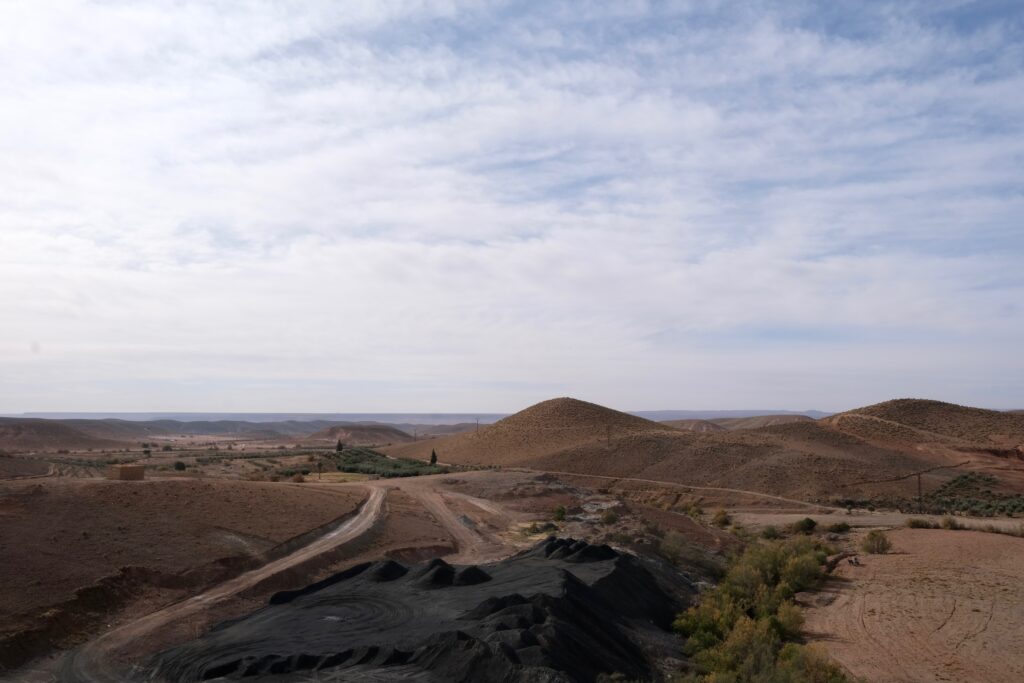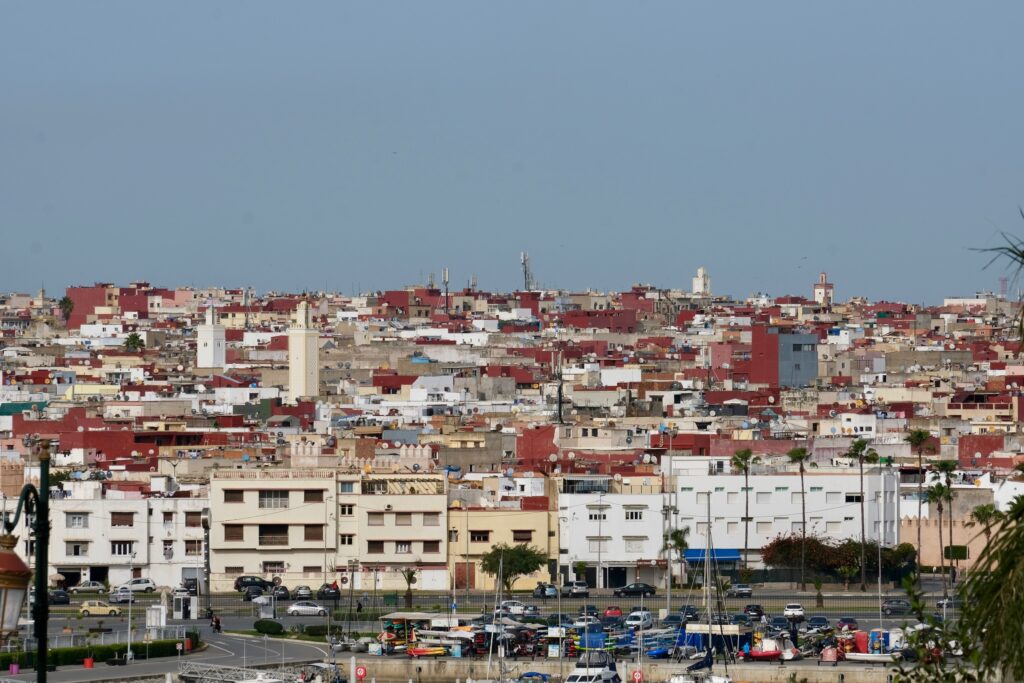Evaluating an Investment Opportunity in Morocco

Header Picture: Photo by Sergey Pesterev on Unsplash
The Client Background
A Chinese factory owner aimed to explore market expansion in Morocco by establishing a sustainable autoclaved aerated concrete (AAC) brick factory. This venture sought to support business growth while contributing to eco-friendly construction practices.
AAC blocks are innovative, lightweight building materials made from a mix of fly ash, lime, cement, and aluminum powder. The production process involves a chemical reaction that forms a unique cellular structure which offers excellent insulation. They also reduce environmental impact by utilising waste materials, conserving natural resources, and minimising energy consumption during transportation and construction.
The Challenges
The client was presented with a collaboration opportunity by a Moroccan business but lacked deep knowledge of local market dynamics and regulatory conditions. To address this gap, they engaged our team to leverage our international expertise and network.
Our Strategic Approach
Our comprehensive feasibility study covered several key areas:
First, Document Evaluation
We conducted a thorough review of all documentation provided by the Moroccan partner to identify the project scope and requirements. This ensured a deep understanding of the proposed investment opportunity. Also, we compiled a list of critical questions to clarify any uncertainties and ensure comprehensive understanding.
Second, On-Site Analysis
Recognising the importance of local insights, our team traveled to Morocco to conduct on-site evaluations in both Casablanca and Rabat.
Our team conducted a visit to the eastern region of Morocco, near the Algerian border, where the proposed factory sites were located. This visit was crucial in uncovering the specific reasons behind the local partner’s delay in establishing the factory. It allowed us to directly assess the challenges they encountered, including hiring issues, management challenges and logistical issues.
In addition, we met with local businesses, law firms, and government officials to verify the partner’s claims and understand the business and legal environment. We also met with the local community which provides valuable insights into their current building practices, specifically their continued use of traditional red bricks, and the potential obstacles to adopting new building materials like AAC blocks.
Third, Cost and Feasibility Analysis
We conducted a preliminary financial analysis to evaluate the feasibility of establishing the factory. This analysis covered essential cost factors such as land acquisition, construction, labor, and materials. Our approach provided an initial estimate of the required capital investment and potential returns.
Also, we scrutinised and verified the financial figures provided by the local partner to ensure accuracy and reliability of our assessments.
Fourth, Reputation Due Diligence
We carried out due diligence on the local partner to evaluate their credibility and operational capacity. This included visits to their offices, interactions with previous business contacts, and assessments of their market reputation. We also reviewed local regulations impacting foreign investments and manufacturing activities.



The Results and Impact
Our detailed analysis and strategic insights equipped the client with the necessary information to make a well-informed decision. Although the decision was ultimately not to proceed with the investment, it was based on a clear understanding of the project’s feasibility and alignment with business objectives.